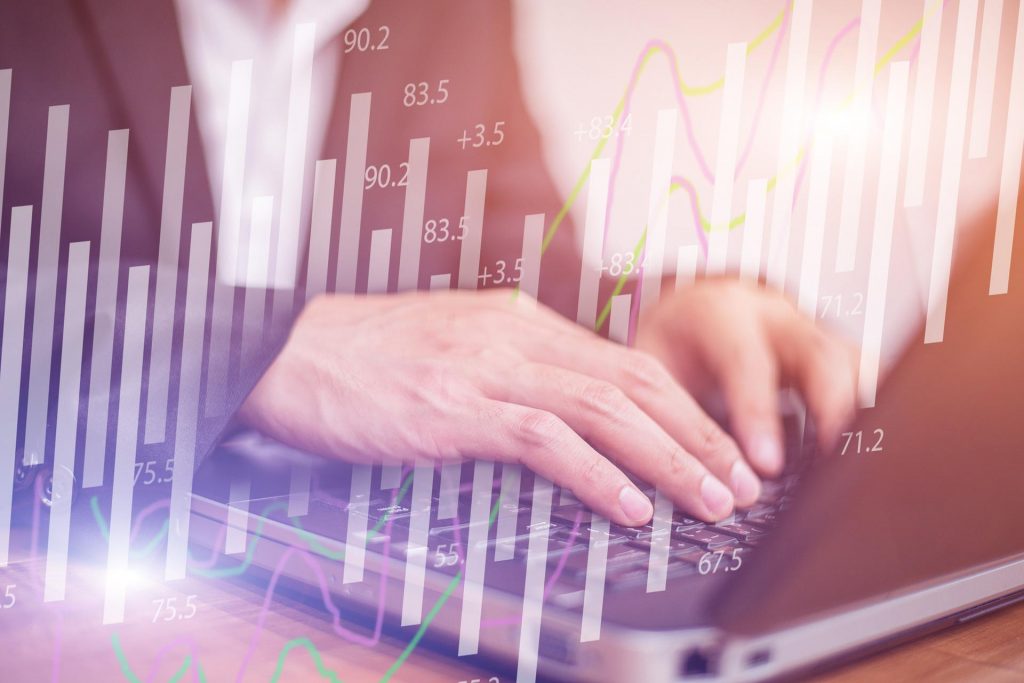Financial technology is the upgrading of conventional financial operations to make monetary transactions and other interconnected features and services superfluous with the use of technology. Most likely, you’re asking “what technology?” It is the convergence of four technologies: big data, cloud computing, block chains, and artificial intelligence. Those with experience in finance and other similar fields are aware of the growing demand In FinTech sector. Between 2008 and 2020, the global investment in the fintech sector increased by an astounding 12,000 percent, from $930 million to $121.6 billion. In order to help you be the best in the business, we have compiled 5 current finance technology trends for you.
Faster Mobile payments
These days Mobile payments have become very essential for everyone. All it takes is a Smartphone, and a stable internet connection to pay bills such as electricity, gas, rent, tax, and various others. Mobile payments apps are emerging as a significant part of the financial technology movement. There are hundreds of authorized payment apps out there such as Paypal, apple pay, google pay, and others. These mobile apps use a different process to access your money and then transfer it from your account to the receiver’s account. Now some apps require linking your bank account with all the details to access and transfer funds and others just require you to link your debit or credit card directly with the app. There’s another reason why every day hundreds of people are switching to mobile payments and that’s because it’s faster, secure, and versatile. One can transfer their money anywhere in the world in a split of a second with zero hassle.
The Global mobile payments market was estimated at a value of $1.97 trillion in 2021 and was said to grow from that to $11.83 trillion in 2028. That’s six times more than the current value.
Block chains taking over
Everyone heard the rumour that blockchains would become the future of all cryptocurrencies in a few years. The time has come folks! Blockchain is a digital ledger that keeps track of cryptocurrencies like bitcoin and Ethereum. Blockchain consists of blocks or data and each block keeps the information about the previous block that’s why blockchain transactions are completely irreversible. The first ever blockchain was created back in 2008 to serve as a digital ledger that keeps track of data in a cryptic form. Later the public readable version of the blockchain was started to be used as a digital ledger that kept track of all bitcoin transactions. Now, blockchains are used in developing games, commercial banks, and Walmart as supply food chain recorders, distributing music, and others.
Statistics show that the world blockchain market back in 2018, was valued at $1.57 billion and it is supposed to grow over 100 times by the year 2027.
Bnpl(Buy now pay later) over Bnpn(Buy now pay now)
The old way to “buy something that you don’t have to pay immediately” is on the rise. People are choosing to pay more than the actual price over a while rather than paying that sum of money immediately.
There are several reasons why people choose to do this:
Number 1: They believe that rather than spending all your money on something substantial. It’s better to invest that money in something else that has a high return rate. So in that way the consumer is having more profit over the product.
Number 2: People believe that important things need to be bought immediately, even when they don’t have sufficient money. Digital Bnpl services are very easy to access through the internet. Mostly, young consumers are using bnpl services to buy high-quality laptops and smartphones, and other technical apparatus.
Artificial intelligence is developing
AI is the actual force behind financial technology. People normally associate AI with robotics. This fact is half correct. AI offers high-level security on banking websites and other financial websites. It also helps to make strategic decisions and serves as a customer service chatbot. AI keeps track of user spending habits and recommends to the businesses what the consumer is thinking of buying. AI can also create a different language platform to help people from other countries to visit a particular website and find relevant information. AI has developed a lot over the years and it still is and will keep modifying to match human behavioural responses more naturally.
Less tangible cash
Since Greta Thunberg began organizing those efforts to raise awareness of global warming, people have felt more motivated to discover alternatives to paper. Building a cashless, digitalized economy is the first step in the direction of a future that is paperless and digital. Digital bank payments are being ensured by the growth of online banking platforms and other measures like debit and credit cards and QR scans. There is hardly any significant monetary value included in these payments. Most of the time, people are merely sending and receiving numbers. Digital transactions through banks require the power of all four of these financial technology-building elements.
Conclusion
In conclusion, there is a greater need for current affairs enthusiasts in the financial technology business. Fintech is well-liked and is receiving greater funding globally. There are good grounds to think that the financial sector will never again be associated with tiresome job. Finance enthusiasts from different nations who struggle with the language could contact business English tutors for assistance with the various marketing words that are required. An understanding of current financial technology trends is necessary for young minds developing innovative marketing concepts.





